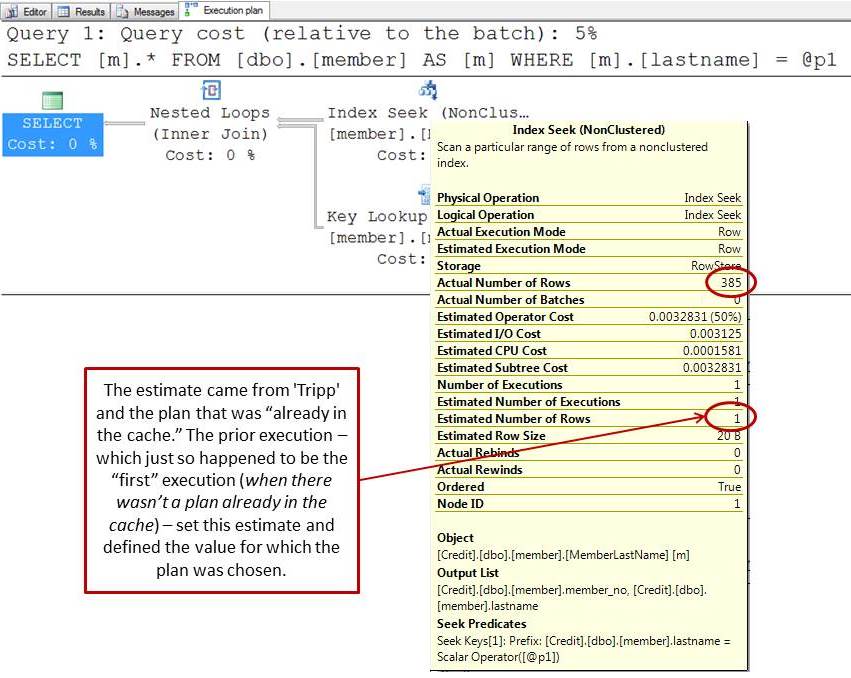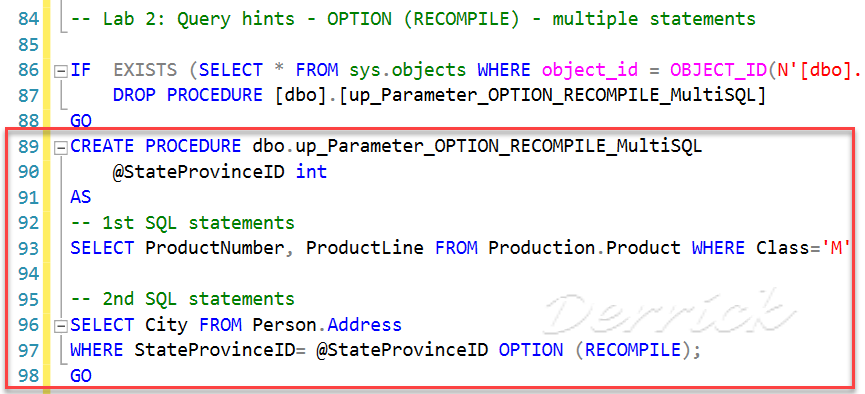


Having an estimated row count of 1 works well for operators that have small row counts, like a NESTED LOOP operator for a join operation. This occurs because table variables don’t have statistics. This is because when a batch is compiled the table variable has yet to be populated with any rows, and therefore the optimizer uses an estimated row count of 1 for table variables. See for more information about when statistics are updated.Table Variables have been known to run slowly when the table variable contains lots of rows. It also automatically updates the statistics only when a sufficient number of changes have occurred to the lead column. For the other combinations of columns it just computes an average selectivity value, the number of unique combinations divided by the number of rows sampled.

SQL Server produces a detailed histogram for the first column only - up to 200 values from that column with the number of rows in each range. the first column of the index for index statistics, is the most selective and the most frequently updated. You should be aware that the statistics are best when the first column of the statistics, i.e. Or, use dynamic SQL to construct the text. For example, if you have optional parameters, consider using IF/ELSE statements rather than trying to be clever and saying 'WHERE = -1 or Column = which will behave very differently if is not supplied.

SQL SERVER WITH RECOMPILE UPDATE
Chances are that the plans are different, and you either need to update statistics, guide it according to the more typical parameters, force a recompile each time, or rewrite the query to be more stable. The estimated plan will be computed using the parameters and statistics available at that instant, whereas the actual plan will be whatever is in the cache. Once you have the same environment set up, check for differences between the estimated execution plan and the actual execution plan. Alternatively just execute the necessary SET options in that query window. To change the options for a query window in Management Studio, right-click in the query editor and select Query Options from the context menu, then go to the Advanced page for ARITHABORT and CONCAT_NULL_YIELDS_NULL, and the ANSI page for QUOTED_IDENTIFIER and the ANSI options. For my recent problem, ADO.NET had set ARITHABORT OFF, while Management Studio had it set ON. To check the SET options for each connection, look at the quoted_identifier, arithabort, ansi_null_dflt_on, ansi_defaults, ansi_warnings, ansi_padding, ansi_nulls and concat_null_yields_null columns of the sys.dm_exec_sessions dynamic management view. That is, if you have different SET options active in Management Studio, you can see different behaviour from what the application is seeing. Note that SQL Server's plans are cached by SET options as well as by query text. So you can avoid reading that, you don't have too many options apart from specifying OPTION (RECOMPILE) at the statement level, specifying WITH RECOMPILE at the procedure level, or copying the procedure's parameters into local variables and using those to run your parameterized query. There's a fantastic article about Parameter Sniffing available on Simple Talk's website. This is often referred to as parameter sniffing. Sometimes the cached plans are great for only one set of parameters and are horrible for all others. We're going to have a lot more addresses in California than I will in Alaska, right? The physical operations that SQL Server is going to perform to read a lot of data (summarized sales in California) is going to be very different than they query to read a little bit of data (summarized sales in Alaska). If I had to hazard a guess, this is due a bad query plan being caused by parameter sniffing.Īssume that you have an ecommerce website where we can get different sales. As was pointed out in the comments, this is almost certainly nothing to do with plan recompilation.


 0 kommentar(er)
0 kommentar(er)
